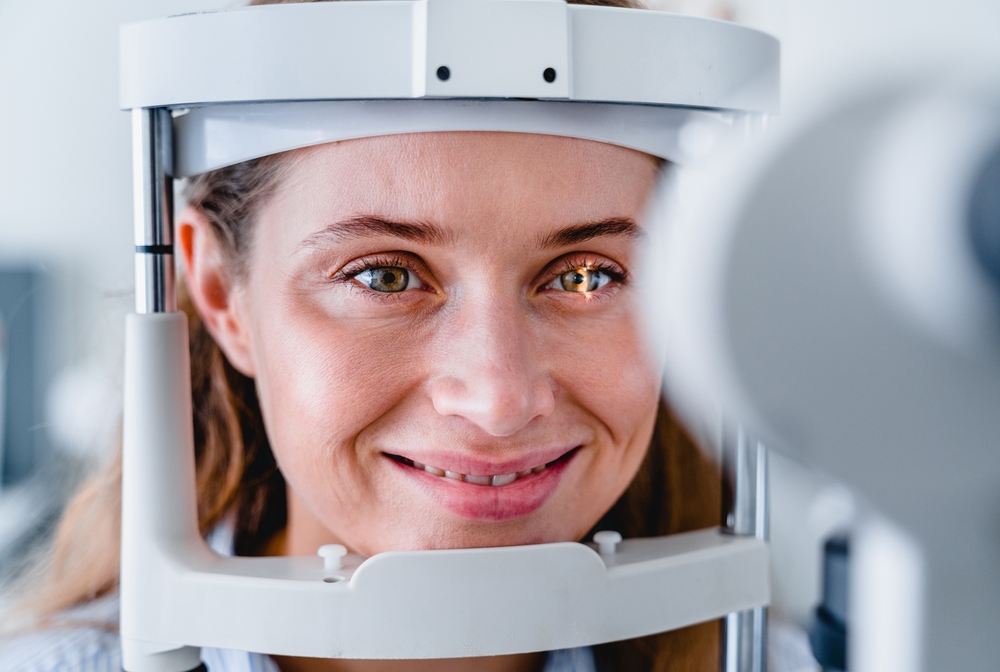
What Are the Advances in Glaucoma Treatment?
Glaucoma is a group of eye conditions that can lead to vision loss and blindness if left untreated. It is caused by an increase in pressure within the eye, known as intraocular pressure (IOP), which can damage the optic nerve. The most common types of glaucoma are open-angle glaucoma and angle-closure glaucoma.
Types of Glaucoma
Open-angle glaucoma is the most prevalent form, characterized by a gradual increase in IOP due to the slow clogging of the eye's drainage system. Angle-closure glaucoma, on the other hand, is caused by a sudden blockage of the drainage system, leading to a rapid rise in IOP.
Symptoms of glaucoma can include:
· Gradual loss of peripheral (side) vision
· Difficulty adjusting to changes in light and dark
· Blurred or hazy vision
· Halos around lights
· Eye pain or redness
Early detection and treatment are crucial in managing glaucoma and preventing vision loss.
The Importance of Regular Glaucoma Screenings for Early Detection
Regular eye exams are essential for the early detection of glaucoma. During a comprehensive eye exam, your eye doctor will measure your IOP, examine the optic nerve, and assess your peripheral vision. These tests can help identify glaucoma in its early stages, when it is most treatable.
By catching glaucoma early, you can take steps to manage the condition and prevent further damage to your vision. Regular screenings are especially important if you have risk factors for glaucoma, such as a family history of the disease, diabetes, or high blood pressure.
Traditional Methods vs. Modern Approaches
In the past, glaucoma treatment options were limited to eye drops, oral medications, and traditional surgical procedures. However, in recent years, there have been significant advancements in glaucoma treatment, offering more effective and less invasive options for managing the condition.
Traditional Glaucoma Treatment Methods:
· Eye Drops: Topical eye drops have long been the primary treatment for glaucoma, as they help lower IOP by improving fluid drainage or reducing fluid production in the eye.
· Oral Medications: In some cases, oral medications may be prescribed to supplement eye drops or when eye drops alone are not effective in lowering IOP.
· Surgical Procedures: Traditional glaucoma surgeries, such as trabeculectomy and tube shunt implantation, have been used to create new drainage pathways for the eye to lower IOP.
Modern Glaucoma Treatment Approaches:
· Laser Procedures: Newer laser treatments, such as selective laser trabeculoplasty (SLT) and micropulse laser trabeculoplasty (MLT), can help improve fluid drainage without the need for extensive surgery.
· Microinvasive Glaucoma Surgeries (MIGS): MIGS are minimally invasive procedures that use tiny implants or devices to enhance fluid drainage, often with a quicker recovery time than traditional glaucoma surgeries.
· Sustained-Release Implants: Some glaucoma treatments now involve the use of sustained-release implants that can deliver medication to the eye over an extended period, potentially reducing the need for daily eye drops.
The choice of treatment will depend on the type and severity of your glaucoma, as well as your overall health and personal preferences. Your eye care provider will work with you to develop the most appropriate treatment plan to manage your condition and preserve your vision.
Schedule Your Glaucoma Screening with Gulf Coast Vision Today
Glaucoma is a complex and progressive eye condition that requires ongoing management and care. However, with the advancements in glaucoma treatment, there are now more options than ever before to help control IOP and preserve your vision.
By staying informed about the latest treatment approaches and working closely with your eye care provider, you can take an active role in managing your glaucoma and reducing the risk of vision loss. Regular eye exams, diligent use of medications, and prompt treatment of any changes in your condition can all contribute to the successful management of this disease.
Contact Gulf Coast Vision to schedule your eye exam and learn more about the latest advances in glaucoma treatment. Visit our office in Gulfport, Mississippi, or call (228) 262-0266 to book an appointment today.








